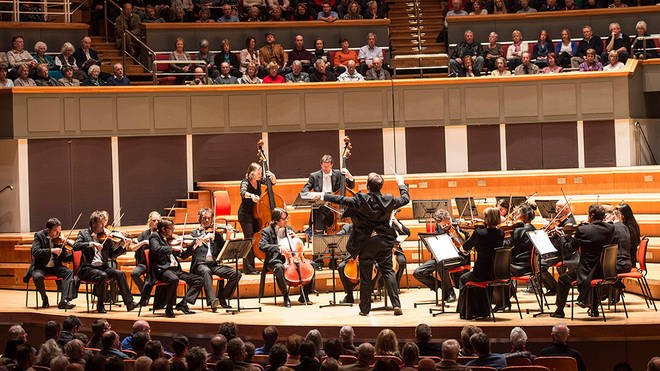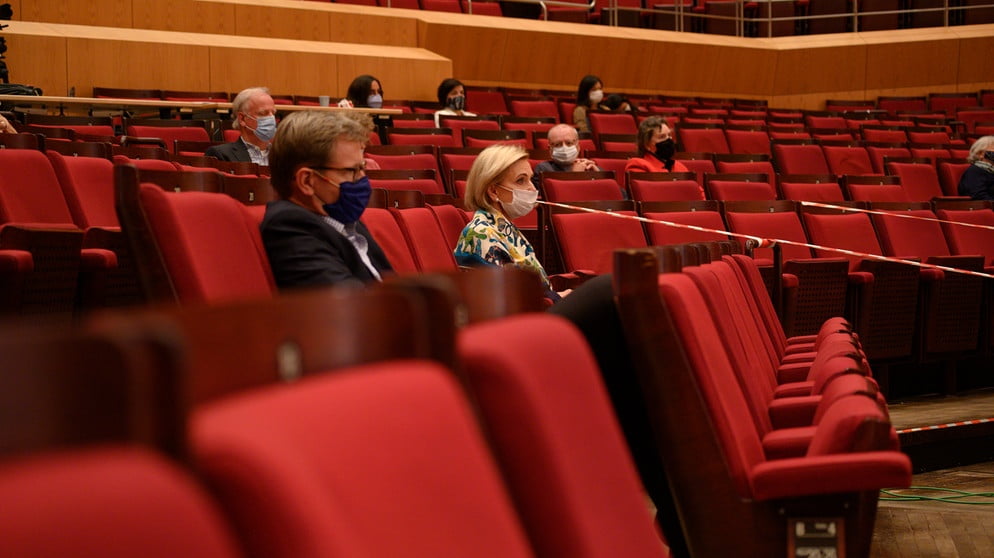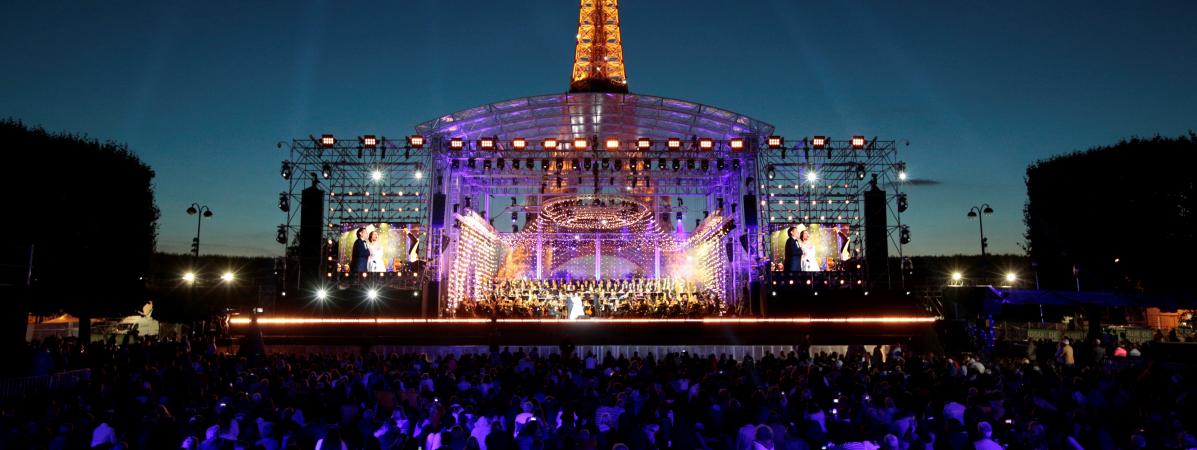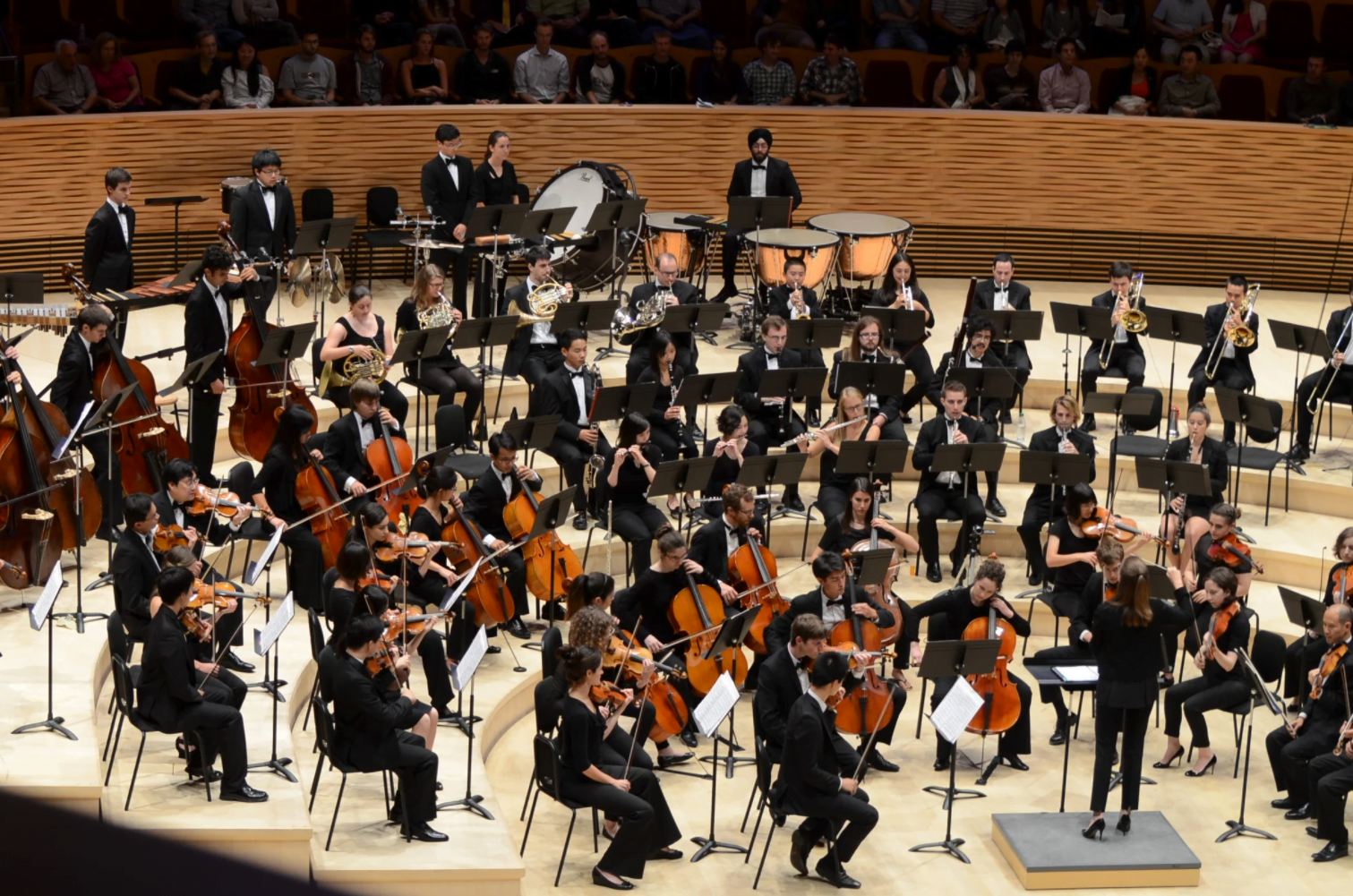Birmingham’s Symphony Hall and Town Hall could axe half its workforce

Birmingham’s Town Hall and Symphony Hall, home to the world-class City of Birmingham Symphony Orchestra and conductor Mirga Gražinytė-Tyla, have announced major job losses because of the COVID-19 crisis.
Half of the venues’ 65 permanent staff are now at risk of redundancy. Chief executive Nick Reed said the news was “heartbreaking”.
In a statement released today, the venues said: “It is with great sadness that Town Hall and Symphony Hall have entered a period of redundancy consultation.
“The future of these two iconic concert halls looks very different from the plans we began the year with. This period of closure has already resulted in huge losses and it is still unclear when it may be possible to reopen.”
It comes despite the government’s £1.57bn arts rescue package announced on 5 July. Many organisations, including Performances Birmingham, said the funding had come in too late to avoid redundancies and further cuts.
Mehr Publikum bei Veranstaltungen in Bayern möglich
200 und 400 – das sind die Zahlen des Tages für die bayerische Kulturszene. Ab Mittwoch dürfen doppelt so viele Menschen wie bisher Veranstaltungen in Bayern besuchen. Bisherige Bedingungen bleiben bestehen.
Ab dem 15. Juli können in Bayern kulturelle Veranstaltungen mit bis zu 400 Gästen im Freien und bis zu 200 Gästen in geschlossenen Räumen stattfinden. Das teilte Bayerns Kunstminister Bernd Sibler am Dienstag im Anschluss an die Sitzung des Bayerischen Kabinetts auf Schloss Herrenchiemsee mit. Voraussetzung ist aber weiterhin, dass die Sitzplätze zugewiesen und gekennzeichnet sind.
Ohne zugewiesene und gekennzeichnete Sitzplätze sind 100 Personen in geschlossenen Räumen und 200 Personen im Freien möglich. Auch die entsprechenden Schutz- und Hygienekonzepte gelten weiter. Diese Entscheidung sei auf Basis der vorliegenden Infektionszahlen möglich gewesen, so der Kunstminister. Sibler sei wichtig, Gesundheitsschutz auf der einen Seite und kulturelle Freuden auf der anderen Seite miteinander in Einklang zu bringen.
“Wir können damit einen weiteren wichtigen Schritt für das kulturelle Leben in Bayern in der Corona-Krise gehen.“, kommentiert Bayerns Kunstminister Bernd Sibler die Entscheidung.

More audience possible at events in Bavaria
200 and 400 – these are the numbers of the day for the Bavarian cultural scene. Starting on Wednesday, twice as many people will be able to attend events in Bavaria as before. Previous conditions remain.
From July 15th, cultural events can take place in Bavaria with up to 400 guests outdoors and up to 200 guests in closed rooms. This was announced by Bavaria’s Minister of Art Bernd Sibler on Tuesday following the meeting of the Bavarian Cabinet at Herrenchiemsee Palace. However, it is still a prerequisite that the seats are assigned and marked.
Without assigned and marked seats, 100 people in closed rooms and 200 people outdoors are possible. The corresponding protection and hygiene concepts also continue to apply. This decision was possible on the basis of the existing infection numbers, said the art minister. Sibler said it was important to reconcile health protection on the one hand with cultural delights on the other.
“We can take another important step for cultural life in Bavaria in the corona crisis,” comments Bavaria’s art minister Bernd Sibler.
Mozart, Berlioz, Piaf… Revoir le Concert de Paris du 14-Juillet
Maintenue, la huitième édition du concert de Paris s’est déroulé sans public. L’accès au Champs de Mars et à ses abords ont été interdits le 14 juillet mais le concert a été diffusé en direct dès 21h10 sur France Inter lors d’une émission spéciale présentée par Anna Sigalevitch et en simultané par l’Union Européenne de Radio-Télévision sur les antennes de huit pays ainsi que sur France 2, présenté par Stéphane Bern, et sur le site de France télévisions Culturebox. L’Orchestre National de France a réuni 65 musiciens. Il s’agit du premier concert de la Maîtrise et du Chœur de Radio France depuis le mois de mars.
Sous la direction de la cheffe d’orchestre Eun Sun Kim, l’Orchestre National de France, la Maîtrise et Chœur de Radio France, ainsi que les plus grands solistes internationaux ont offert “un concert de rêve”. Ce concert de Paris est l’un des plus grands événements de musique classique au monde suivi chaque année par des millions de téléspectateurs à travers le monde. Il a été du traditionnel feu d’artifice tiré depuis la Tour Eiffel à 23h.

Mozart, Berlioz, Piaf… Watch again the Paris Concert of July 14th
The eighth edition of the Paris concert went ahead without an audience. Access to the Champs de Mars and its surroundings was banned on 14 July, but the concert was broadcast live from 9.10 pm on France Inter during a special programme presented by Anna Sigalevitch and simultaneously by the European Broadcasting Union on the airwaves of eight countries, as well as on France 2, presented by Stéphane Bern, and on the France Télévisions Culturebox website. The Orchestre National de France brought together 65 musicians. This is the first concert of the Maîtrise and the Radio France Choir since March.
Under the direction of the conductor Eun Sun Kim, the Orchestre National de France, the Maîtrise et Chœur de Radio France, as well as the greatest international soloists offered “a dream concert”. This Paris concert is one of the largest classical music events in the world and is watched by millions of viewers around the world every year. It was a traditional fireworks display fired from the Eiffel Tower at 11pm.
The Sphinx Organization: Bringing Diversity to the Classical Music World

I remember my first rehearsal with a semi-professional orchestra. I arrived early at the church we were meeting at and set up my chair. The hall slowly filled as I set up my music stand and bent down to open my case. By the time the conductor arrived, everyone else had taken their seats. Being new and very nervous, I didn’t know what to make of this group of musicians. Only one thing stood out to me — they were all white, every last one of them, except for me.
This is an all-too-familiar picture for classical musicians of color worldwide. Chamber groups and orchestras, both amateur and professional, tend to be dominated by white musicians, according to the League of American Orchestras. It is often difficult to find a truly representative classical music group, one that includes members of the Black and Latinx communities, and this is something that the Sphinx Organization is aiming to change.
“The mission is to transform lives through the power of diversity in the arts, and we do so through programs that span ages and demographic categories,” Sphinx president and artistic director Afa S. Dworkin said.
 BACK
BACK